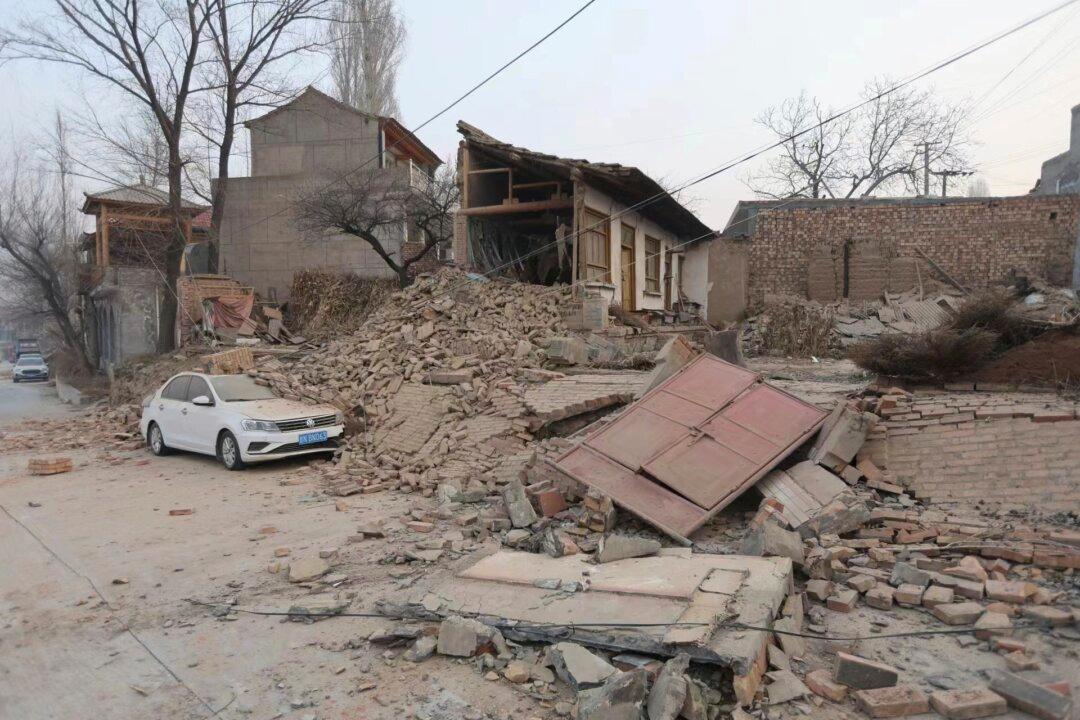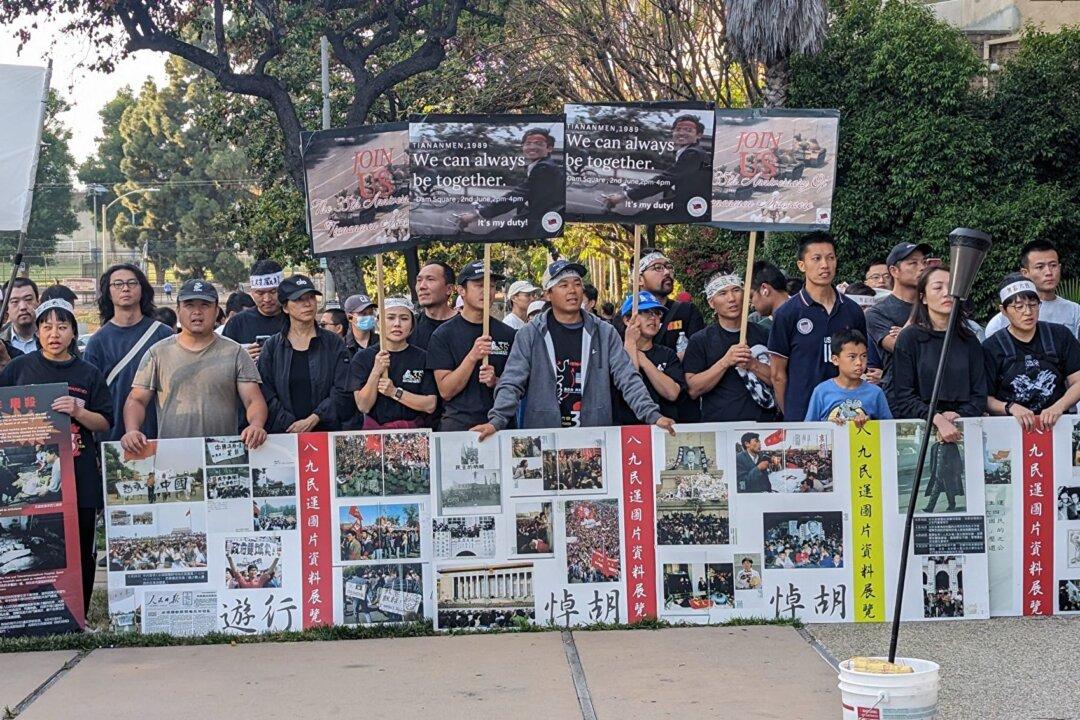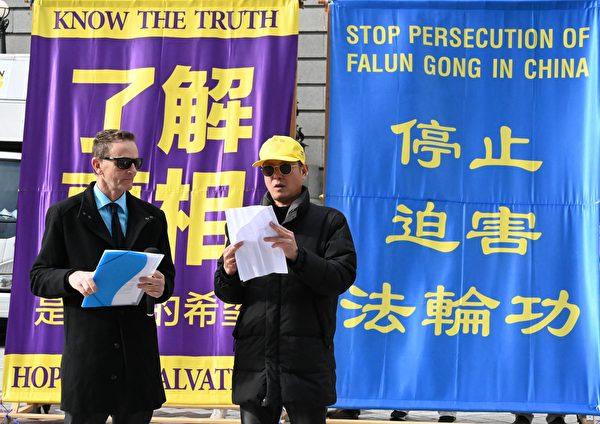China has ended its rescue effort following Monday’s devastating 6.2 magnitude earthquake in Gansu after less than 15 hours. The Dec. 18 quake killed at least 137 and injured more than 900. However, civilian rescue workers were restricted from joining the relief effort. Many believe the abbreviated rescue effort is an attempt by Beijing to hide the disaster’s scale, and to mask the failure of China’s “poverty alleviation” in the region.
Commentator Zhong Yuan told the Chinese language edition of The Epoch Times, “It’s doubtful that anyone should believe the Chinese Communist Party’s (CCP) claim of over 100 deaths. Nevertheless, their swift acknowledgment of more than 100 fatalities underscores the gravity of the calamity.”




